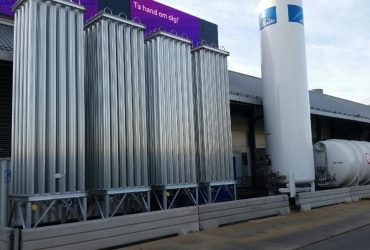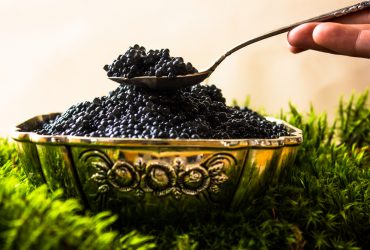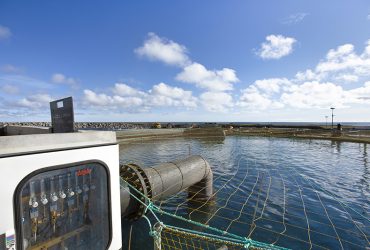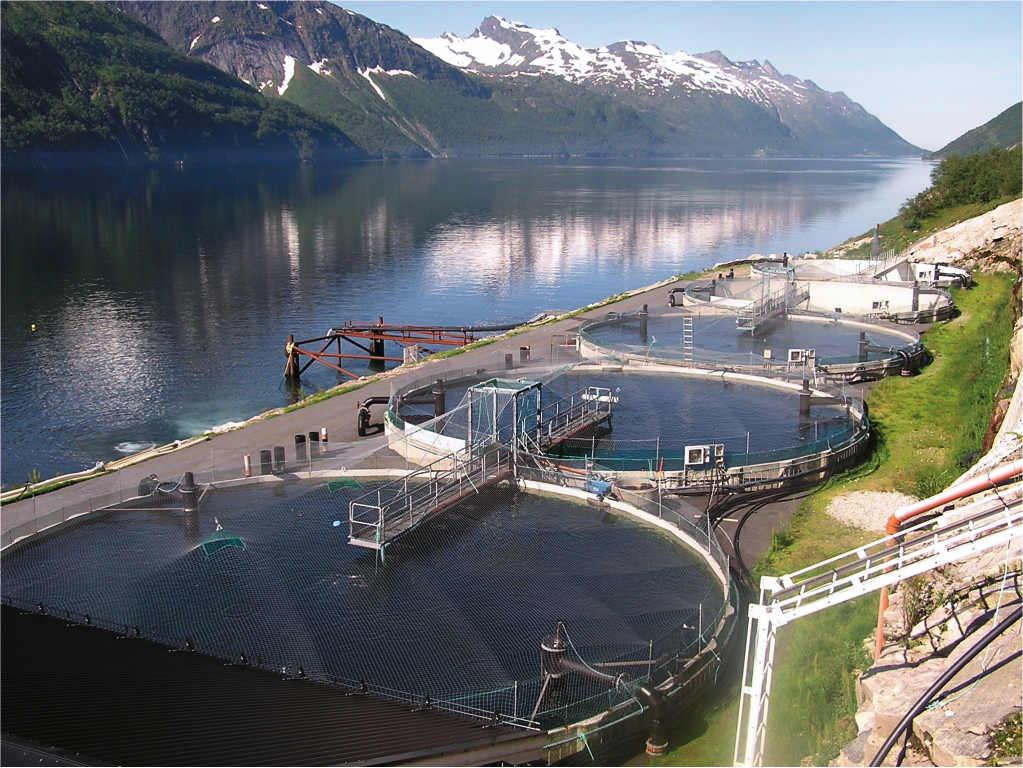
Linde technology helps reduce the pressure fish-farming can put on the environment
The future is bright for farmed fish
The assumption that the ocean is a better place for fish to live than a fish farm is no longer a given. As modern trawlers make the high seas more and more perilous, Linde is developing a set of groundbreaking measures to improve efficiency and living conditions on fish farms.
There is little doubt that fish meat is healthy. Packed with high-quality protein, unsaturated fatty acids and micronutrients, fish plays a crucial part in healthy eating. Moreover, fish is, and always has been, a key source of nutrition in less developed countries, accounting for more than half of the total animal protein intake in many of the least developed countries in Africa and Asia.
However, as more and more people around the world seek to cut down on their meat consumption, we are also faced with the harsh reality that global fish stocks are already being fished to sustainable limits or beyond. No wonder, then, that policymakers are increasingly looking to fish farms to solve the challenge of growing demand combined with dwindling supply.
Land-based fish farming for the future
Although the practice of growing fish in cages kept in open waters has been most common up to now, it is reaching its environmental and regulatory limits in many coastal areas. Fish farming in land-based tanks is therefore a more attractive approach for the long term. Meanwhile, Linde has developed a groundbreaking technology that not only increases the efficiency of land-based fish farming to the point where it can compete with open-sea fish farming, it also improves living conditions for fish.
SOLVOX® OxyStream is a custom-designed system to be installed in fish tanks, The OxyStream adds oxygen to the water with a high degree of dissolution efficiency while requiring little energy input. In most cases, it can be fitted in to existing systems, with no need for additional infrastructure and keeping costs at bay.
Enhanced oxygenation
The OxyStream distributes water and oxygen evenly in the tank volume, spreading millions of micro-bubbles that carry the life-giving gas even to the remotest parts of the tank. The most visible sign of such homogenous oxygen distribution is that the fish do not form clusters but spreads evenly in the tank, utilizing the whole tank volume. In addition, the micro-bubbles also reduce the concentration of dissolved nitrogen, enhancing water quality and, in many cases, eliminating the need for external degassing units.
“The tank environment is crucial for the fish’s wellbeing and appetite. Since Solvox OxyStream distributes the water entering the fish tank, each system is dimensioned and tailormade to meet the customers’ requirements for water exchange and water hydraulics in the tank. Besides distributing the oxygen microbubbles and making a homogeneous environment, water hydraulic is important to spread the food pellets, give the fish exercise and to lead faeces and particles to the tank drain”
Increased cost efficiency
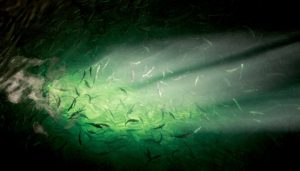
Evenly distributed oxygen greatly adds to the well-being of fish
SOLVOX® OxyStream also brings home the bacon for the fish farmers. The solution is more cost efficient than other alternatives, offering the potential to save up to 80 per cent of operating cost compared to existing systems. The built-in water flow indicator in the system allows farmers to optimize water usage, while the low-pressure demand makes it extremely energy efficient.
According to a study carried out by the World Bank, Food and Agriculture Organization of the United Nations (FAO) and the International Food Policy Research Institute (IFPRI), aquaculture — or fish farming — will provide close to two thirds of global food fish consumption by 2030, as catches from wild capture fisheries level off and demand from an emerging global middle class substantially increases. Going forward, SOLVOX® OxyStream is set to help make land-based fish farming more attractive and profitable, thereby reducing the pressure open sea farming places on the environment and spelling great news for both the fish and fish farmers of the future.

